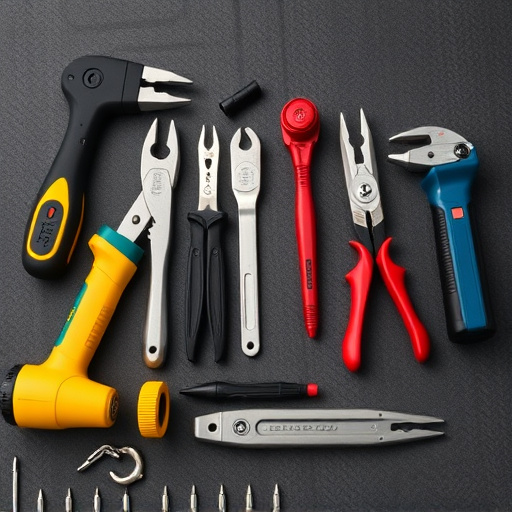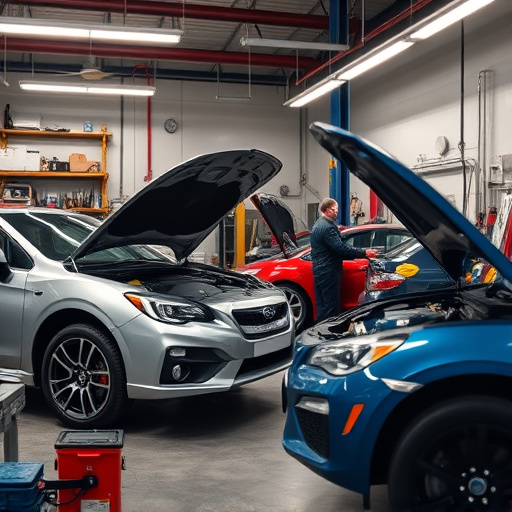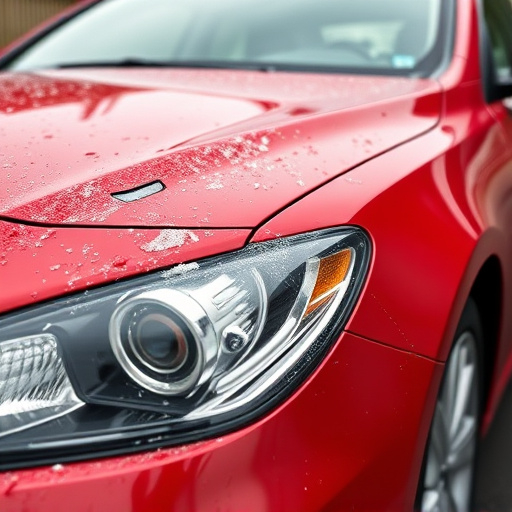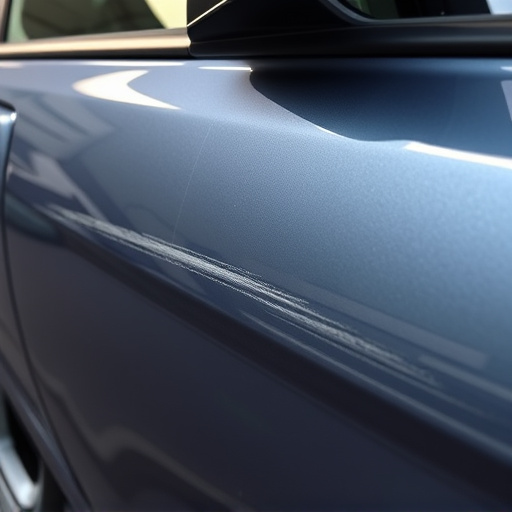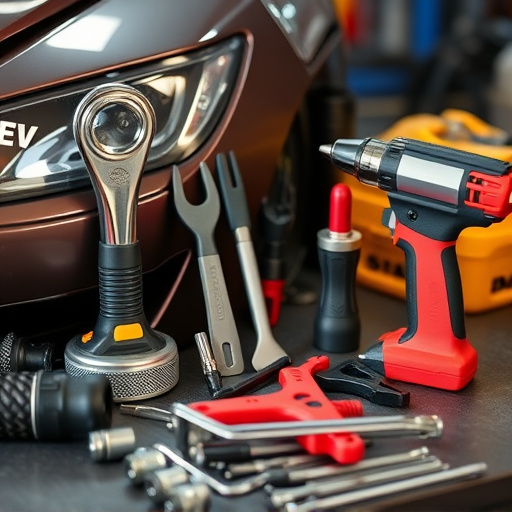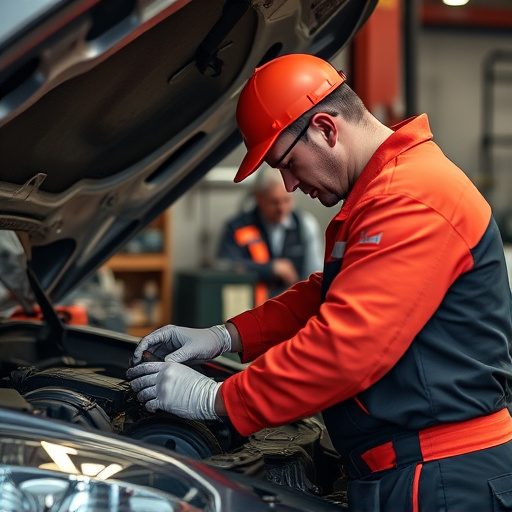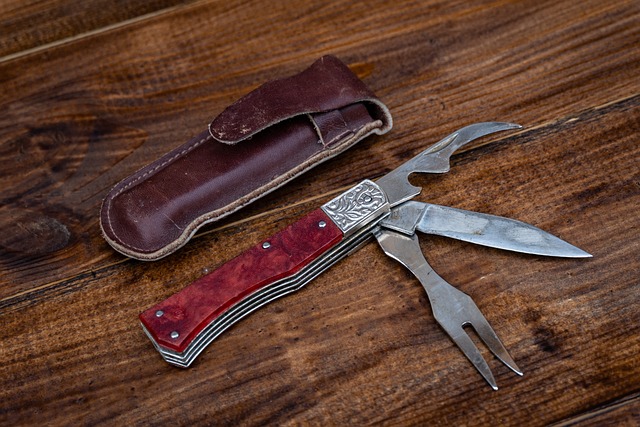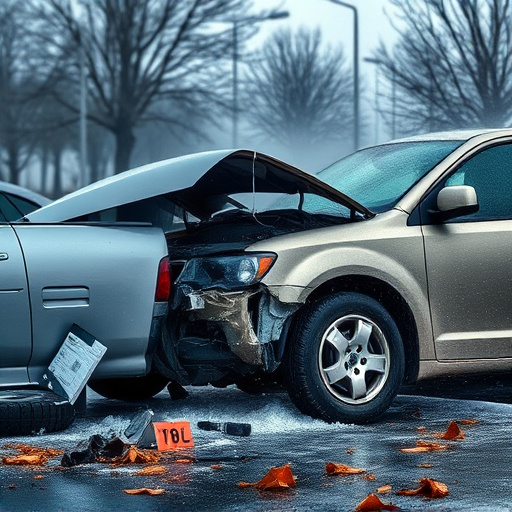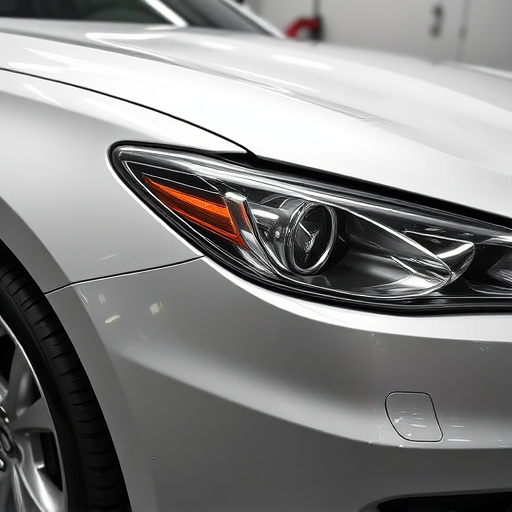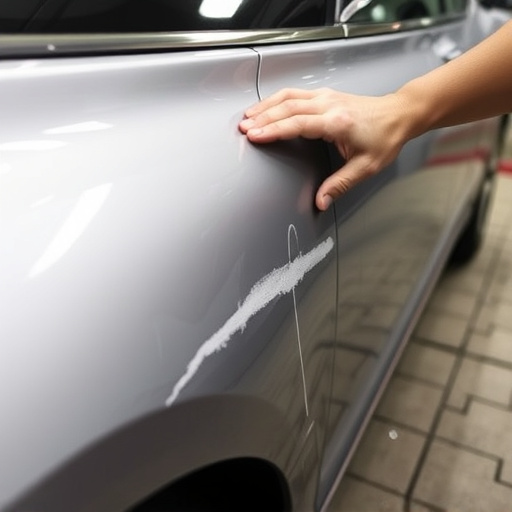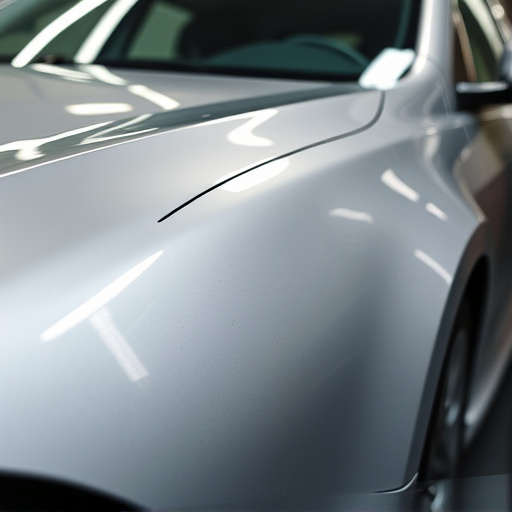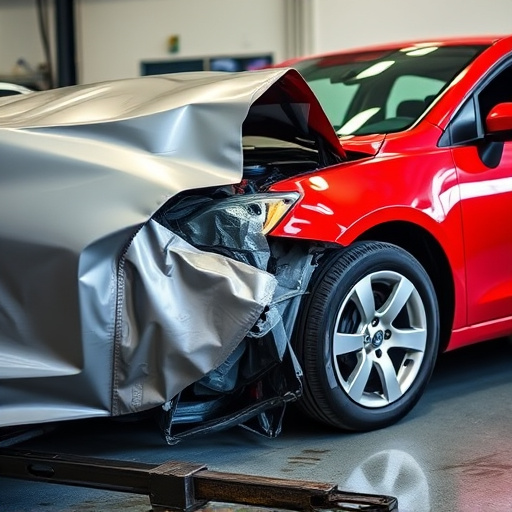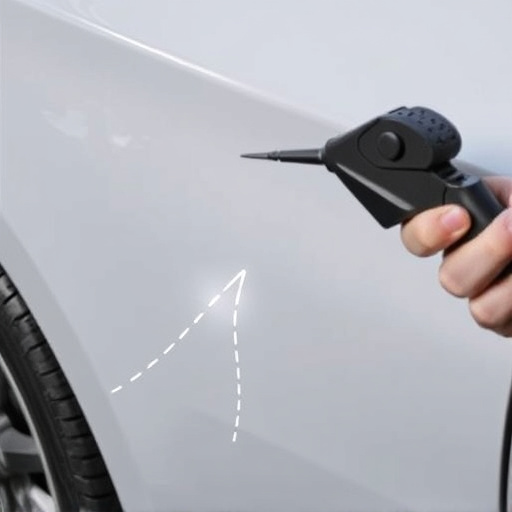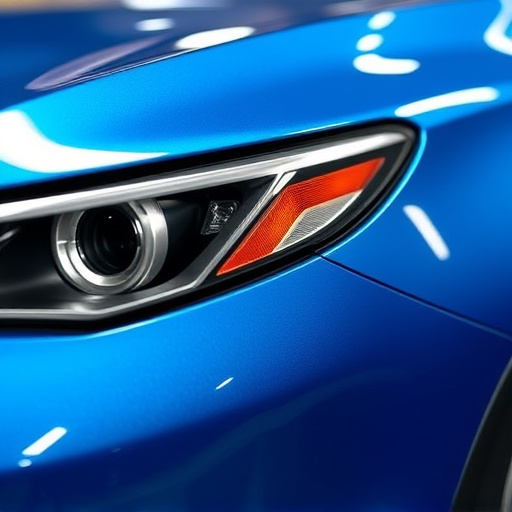OEM certified collision repair uses genuine OEM parts and advanced techniques to precisely restore vehicles to original specifications, ensuring superior aesthetics, fitment, and long-term vehicle value compared to standard repairs with after-market parts.
In today’s automotive landscape, understanding the distinction between OEM certified collision repairs and standard repairs is paramount for vehicle owners. This article delves into the intricacies of OEM certification, exploring its impact on both vehicle longevity and resale value. By comparing key visual differences, we uncover the advantages of choosing OEM-approved repairs, ensuring not just a functional but also an aesthetically pleasing restoration.
- Understanding OEM Certified Collision Repairs
- Key Visual Differences Between Certifications
- Impact on Vehicle's Longevity and Value
Understanding OEM Certified Collision Repairs
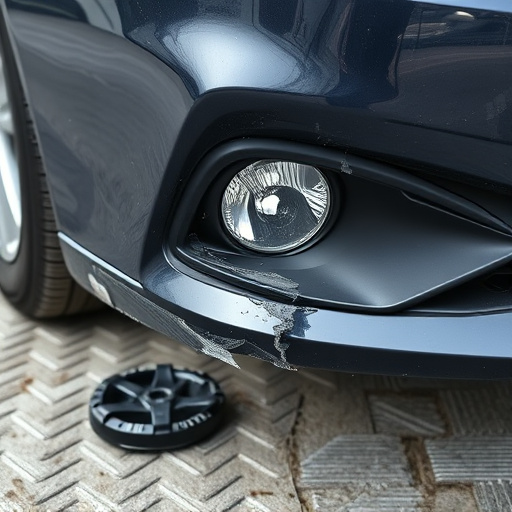
OEM certified collision repairs refer to a specialized process where trained technicians meticulously restore vehicles to their original equipment manufacturer (OEM) specifications. This level of expertise is crucial in ensuring that every component, from the car paint repair to intricate mechanical parts, matches the exact standards set by the vehicle’s maker. It involves using genuine OEM parts, advanced repair techniques, and state-of-the-art equipment to deliver a seamless, like-new experience for the vehicle.
When you visit an auto body shop offering OEM certified collision repair services, you can expect precision and attention to detail. These automotive repair services go beyond simple car paint repairs; they involve a comprehensive understanding of the vehicle’s design, engineering, and manufacturing processes. As a result, the final product not only looks original but also performs as such, guaranteeing both aesthetic and functional satisfaction for the vehicle owner.
Key Visual Differences Between Certifications
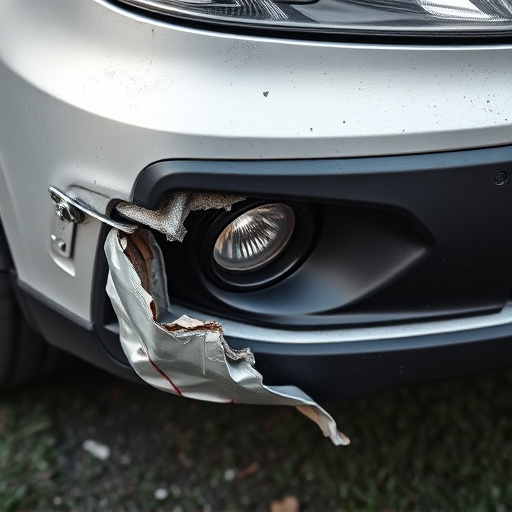
When comparing OEM certified collision repair to standard vehicle repair services, the visual differences are often subtle but significant. At first glance, both might seem comparable, especially for minor fender benders or cosmetic car damage repairs. However, upon closer inspection, trained eyes can identify key distinctions that underscore the quality and precision of OEM certification.
One of the most noticeable visual differences lies in the alignment and fitment of replacement parts. OEM certified technicians use genuine factory-issued components designed specifically for the make and model of the vehicle. This ensures a flawless integration, as opposed to standard repairs where aftermarket parts might not perfectly match the original design. Consequently, an OEM certified collision repair exhibits tighter tolerances, smoother curves, and more precise panel gaps—all factors that contribute to a more aesthetically pleasing finish on the repaired vehicle, enhancing its overall appearance and resale value in the process.
Impact on Vehicle's Longevity and Value
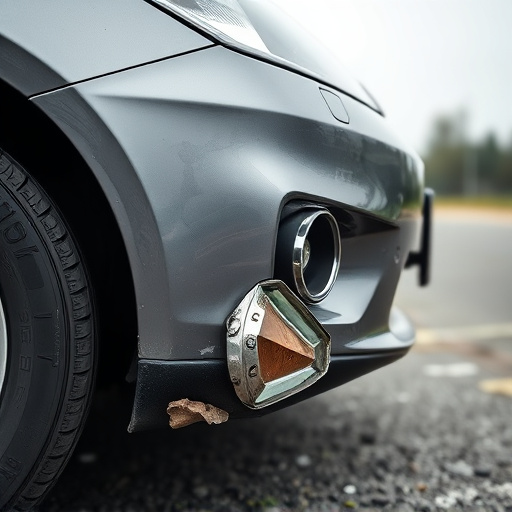
When it comes to the longevity and value of a vehicle, choosing between OEM certified collision repair and standard collision repairs is pivotal. OEM (Original Equipment Manufacturer) certified repairs are known for their meticulous attention to detail, utilizing genuine parts that precisely match the vehicle’s specifications. This not only ensures that the vehicle retains its original design and performance but also significantly extends its lifespan. The use of specialized equipment and trained technicians in frame straightening and automotive repair processes guarantees a more precise restoration, minimizing structural weaknesses that can compromise safety and resale value.
In contrast, standard collision repairs often employ after-market parts and less stringent quality control measures. While these repairs may be more cost-effective in the short term, they can lead to long-term issues. After-market parts might not fit perfectly or withstand the same rigorous standards as OEM parts, potentially affecting the vehicle’s performance and structural integrity. Moreover, subpar repairs can result in hidden damage that goes undetected until it becomes a bigger, more costly problem, further depreciating the vehicle’s value over time.
When comparing OEM certified collision repairs with standard fixes, the visual distinctions are clear. OEM certification guarantees that replacement parts precisely mirror the original manufacturer’s designs, ensuring a seamless fit and retaining the vehicle’s aesthetic integrity. This level of precision not only enhances the car’s appearance but also significantly impacts its long-term value. By choosing OEM certified repairs, drivers can confidently preserve their vehicle’s original quality, ensuring it remains a reliable and visually appealing investment for years to come.
